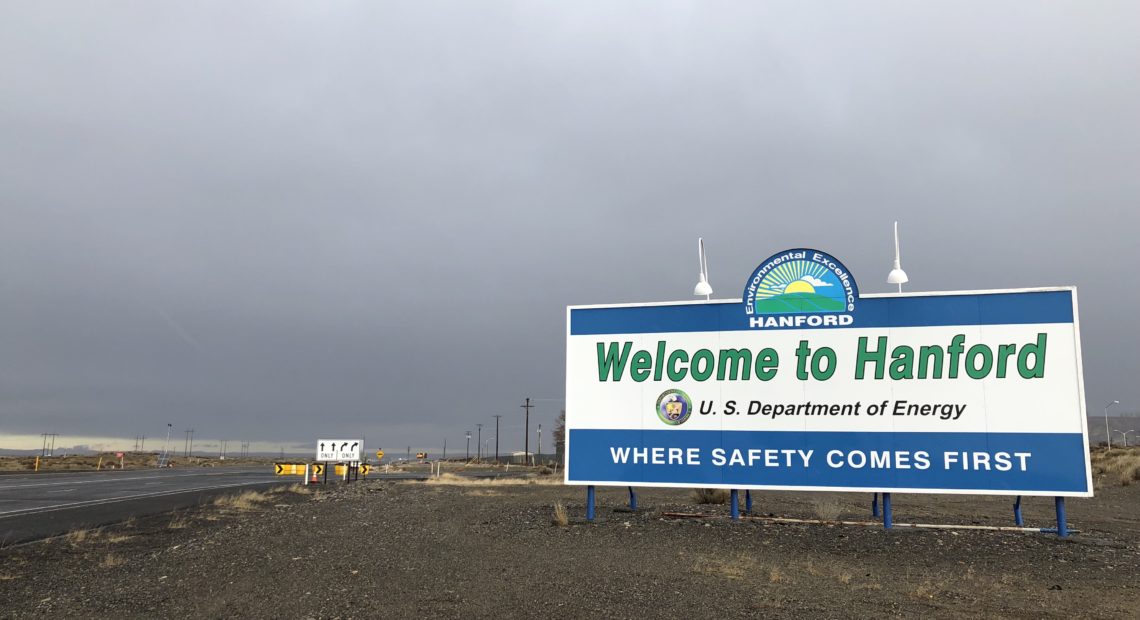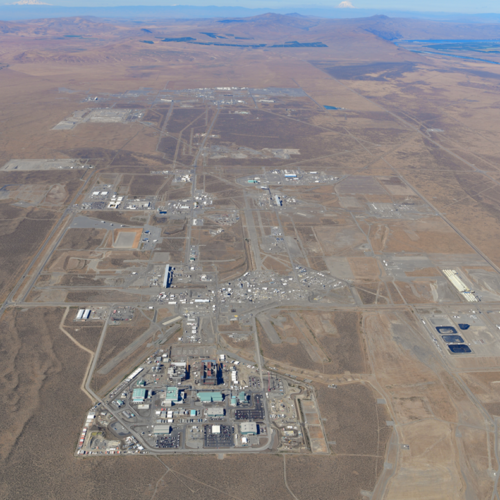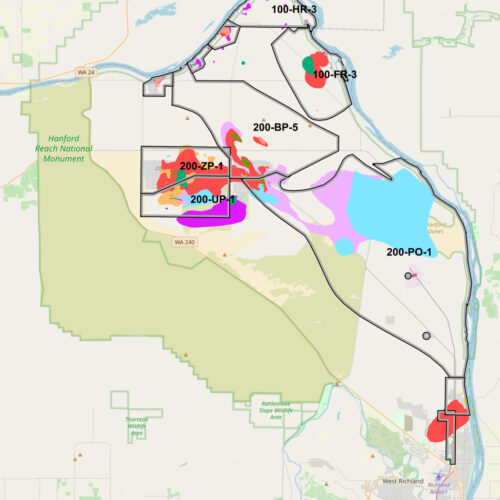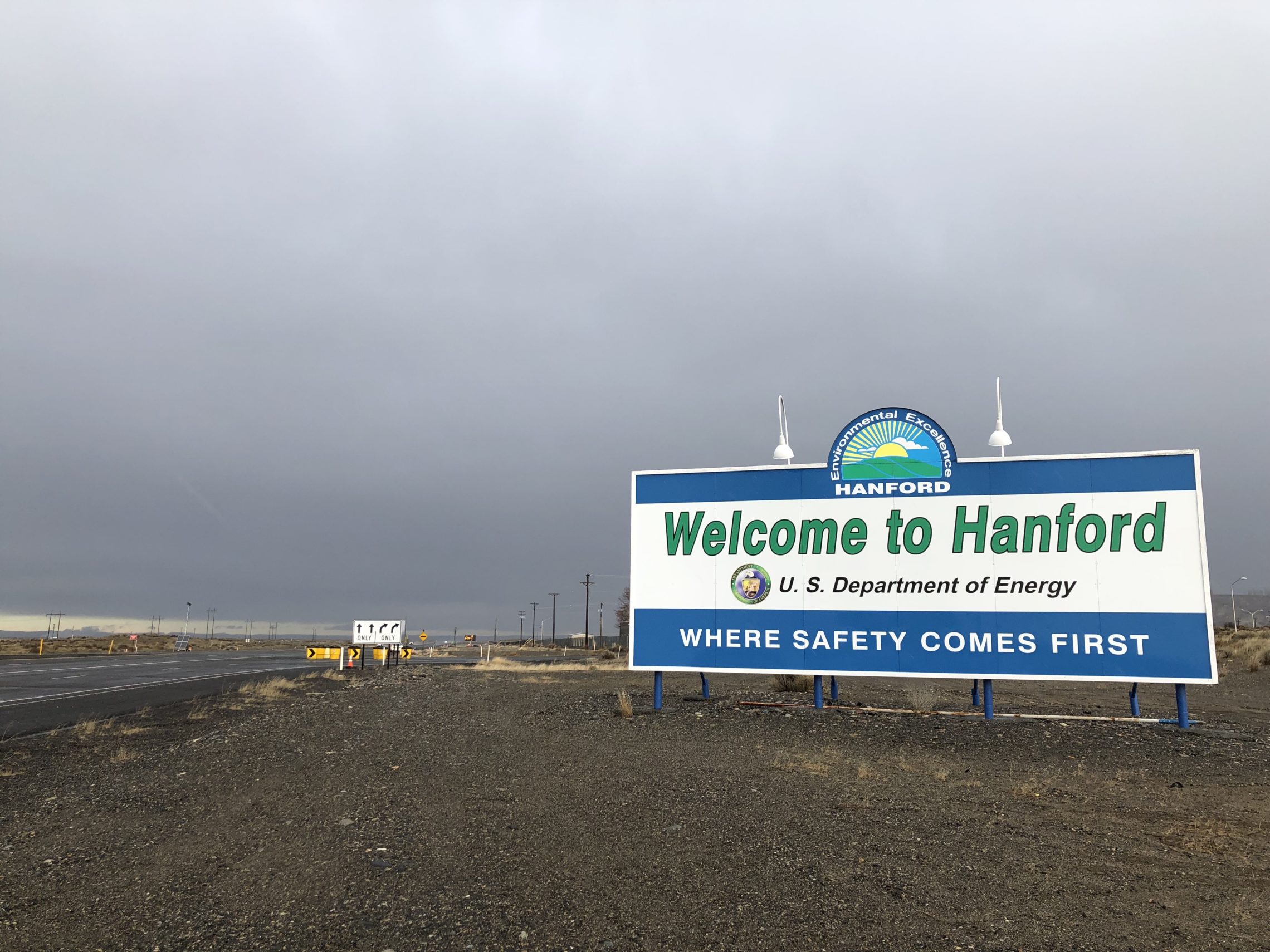
Hanford Tank With Radioactive Waste Has A Leak, But That’s Not A New Problem
READ ON
BY ANNA KING / N3 & NICHOLAS K. GERANIOS / AP
At Hanford, a hazardous concoction of radioactive waste and chemicals sits in World War II and Cold War-era tanks. Now one of those old tanks has a serious leak.
The U.S. Department of Energy which manages Hanford reports that the leak is likely about 3.5 gallons per day. It’s not worse because liquids in the tank were largely pumped out.
It’s the second tank believed to be leaking waste left from the production of plutonium for nuclear weapons at the Hanford Nuclear Reservation. The first was discovered in 2013. Many more of the 149 single-walled storage tanks at the site are suspected of leaking.
Tank B-109, the latest suspected of leaking, holds 123,000 gallons of radioactive waste. The giant tank was constructed during the Manhattan Project and received waste from Hanford operations between 1946 to 1976.
The government has groundwater treatment systems to help protect the Columbia River. Still, it’s worrying, says Jeff Burright, a nuclear waste remediation specialist for Oregon’s Department of Energy.
“There’s an opportunity while the waste is still in the tank that you can actually get it out and get it into a waste form that will stand the test of time,” Burright told the public media Northwest News Network. Once waste gets out of that tank and escapes into the environment you’ve lost that opportunity.”
In the decades since WWII, more than a million gallons of radioactive tank waste have leaked into the soil beneath Hanford.
Information from the Associated Press was used in this story.
Related Stories:

Boom Town: New Northwest-made podcast explores Western uranium mining and Hanford downwinders
Creator and host Alec Cowan’s shadow during a tour of the Sunday Mine Complex, a complex of five uranium mines in the Big Gypsum Valley near Paradox, Colorado, on Feb.

After years of negotiations, new government Hanford plan stirs up plans to treat radioactive waste
A 2021 aerial photo of Hanford’s 200 Area, which houses the tanks and under-construction Waste Treatment Plant, in southeast Washington. (Credit: U.S. Department of Energy) Listen (Runtime 1:01) Read There

New tool tracks contaminated groundwater at Hanford, other DOE sites
A snapshot of the Hanford cleanup site showing the various groundwater plumes across the site. (Credit: U.S. Department of Energy / Office of Environmental Management) Listen (Runtime 1:00) Read A















